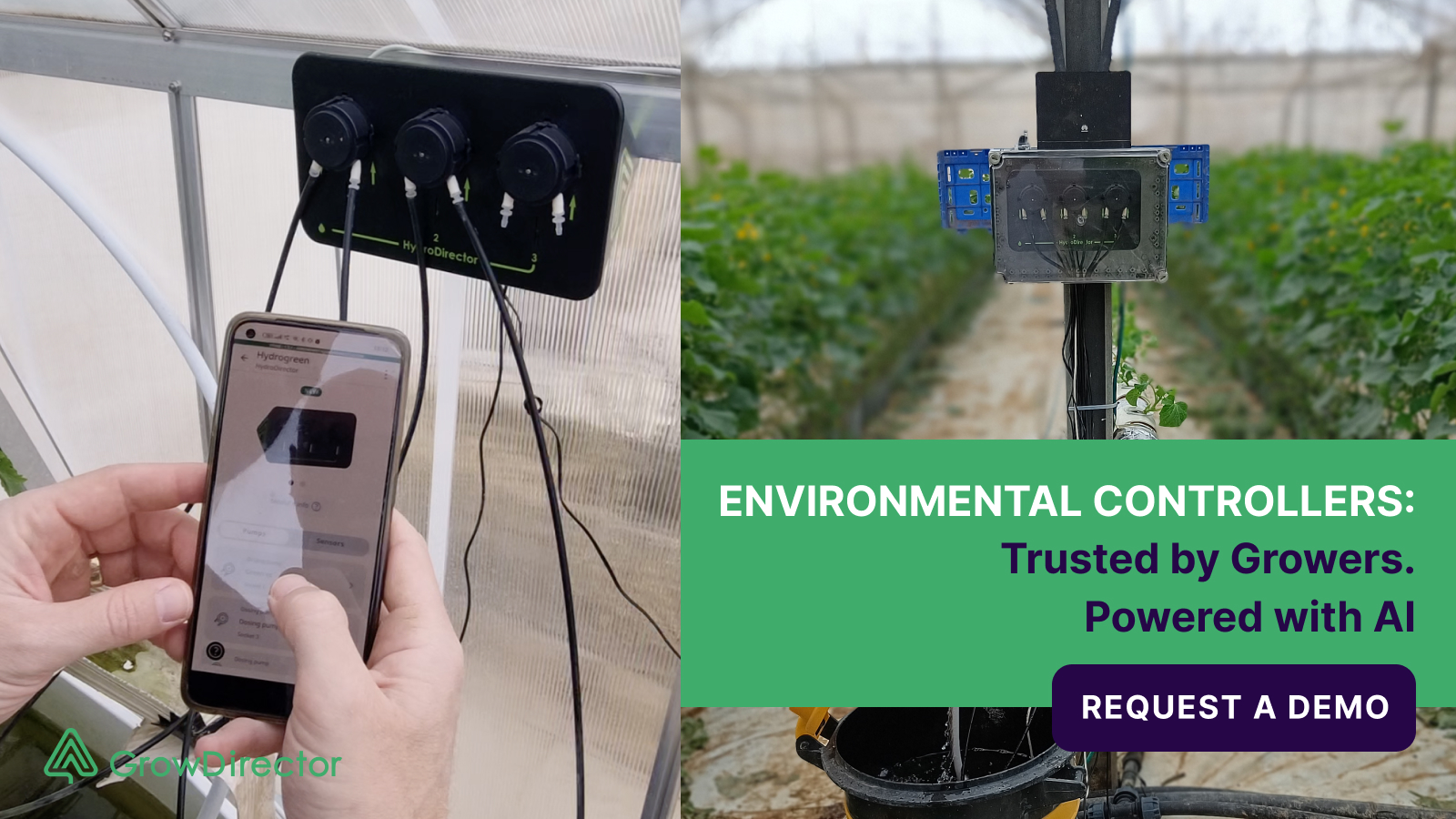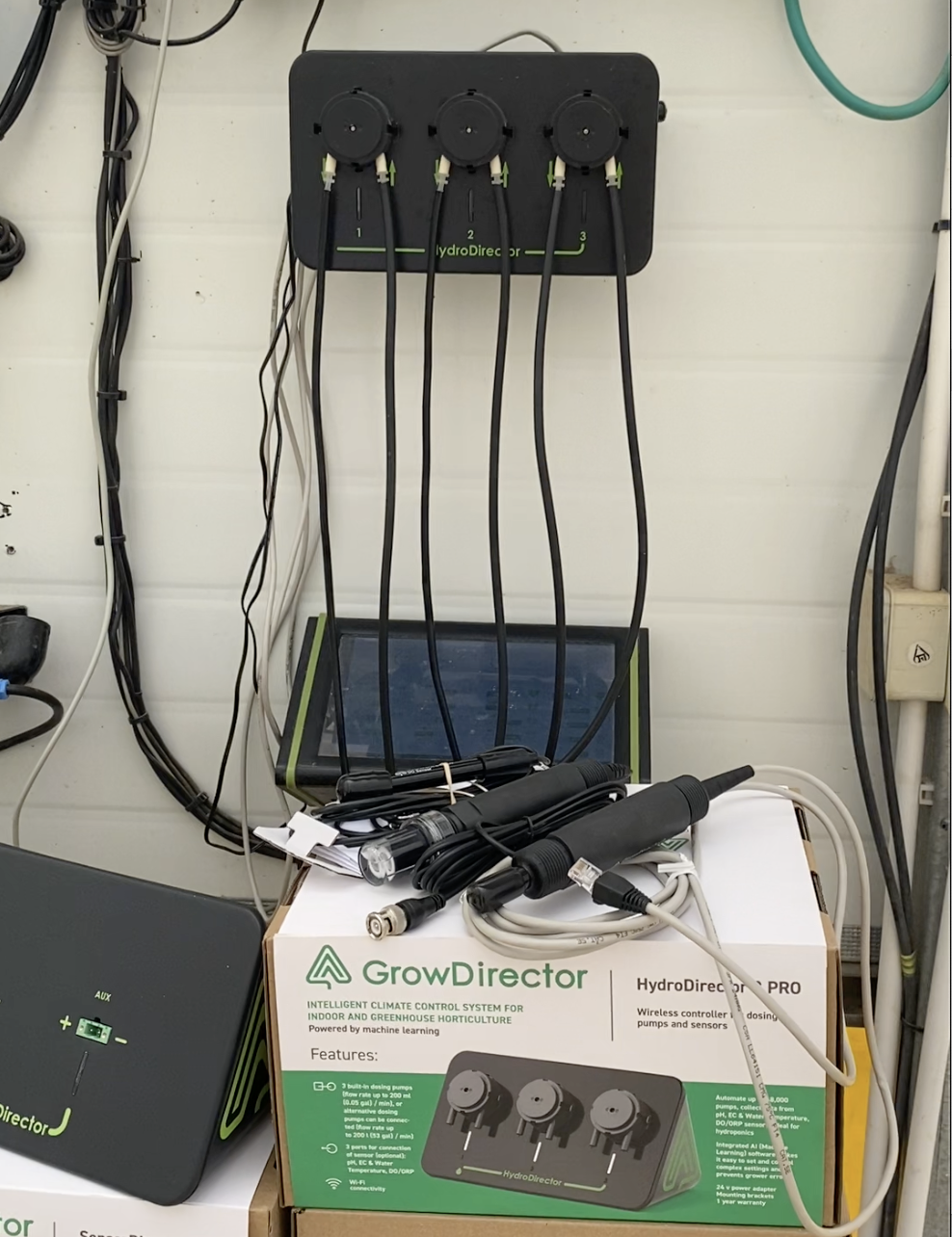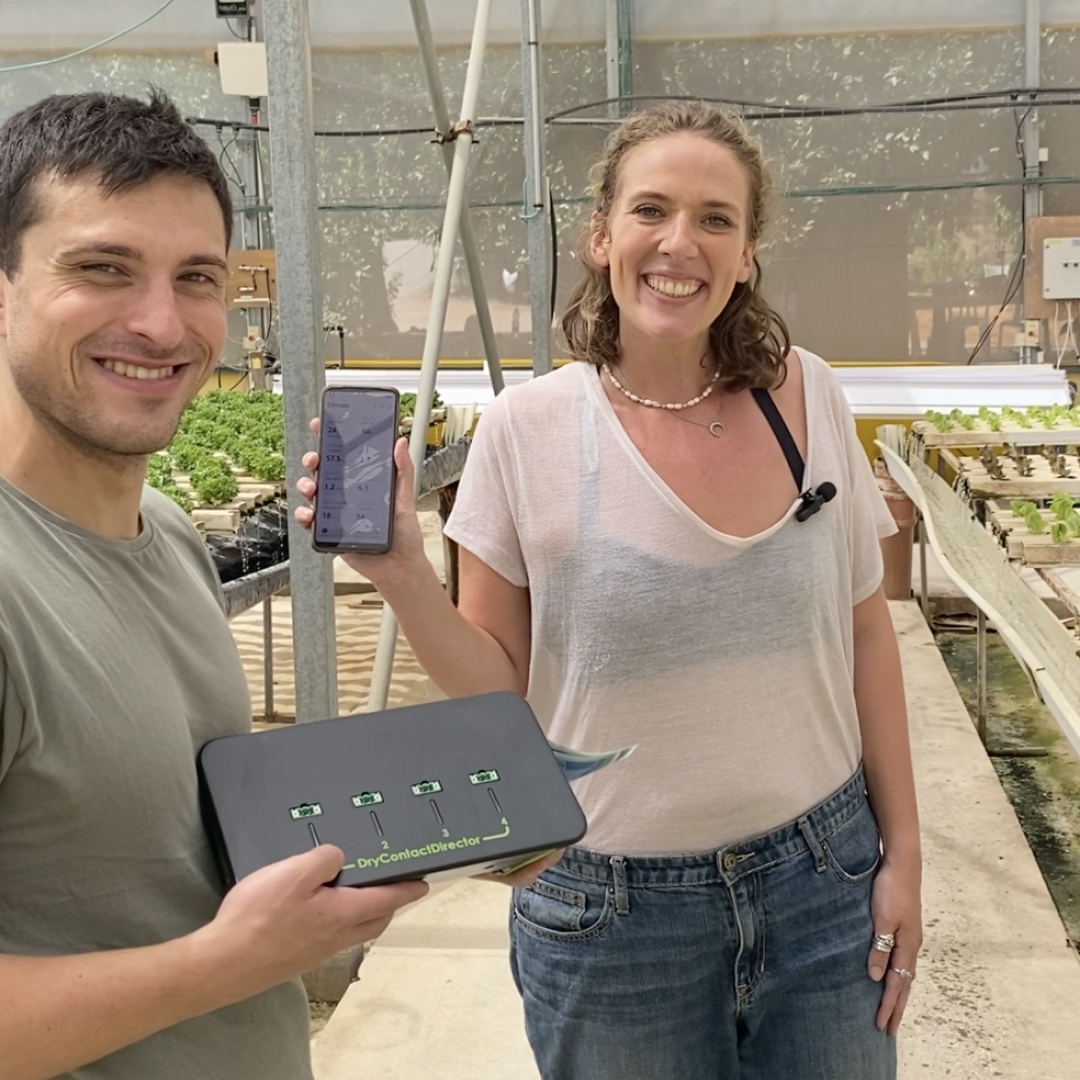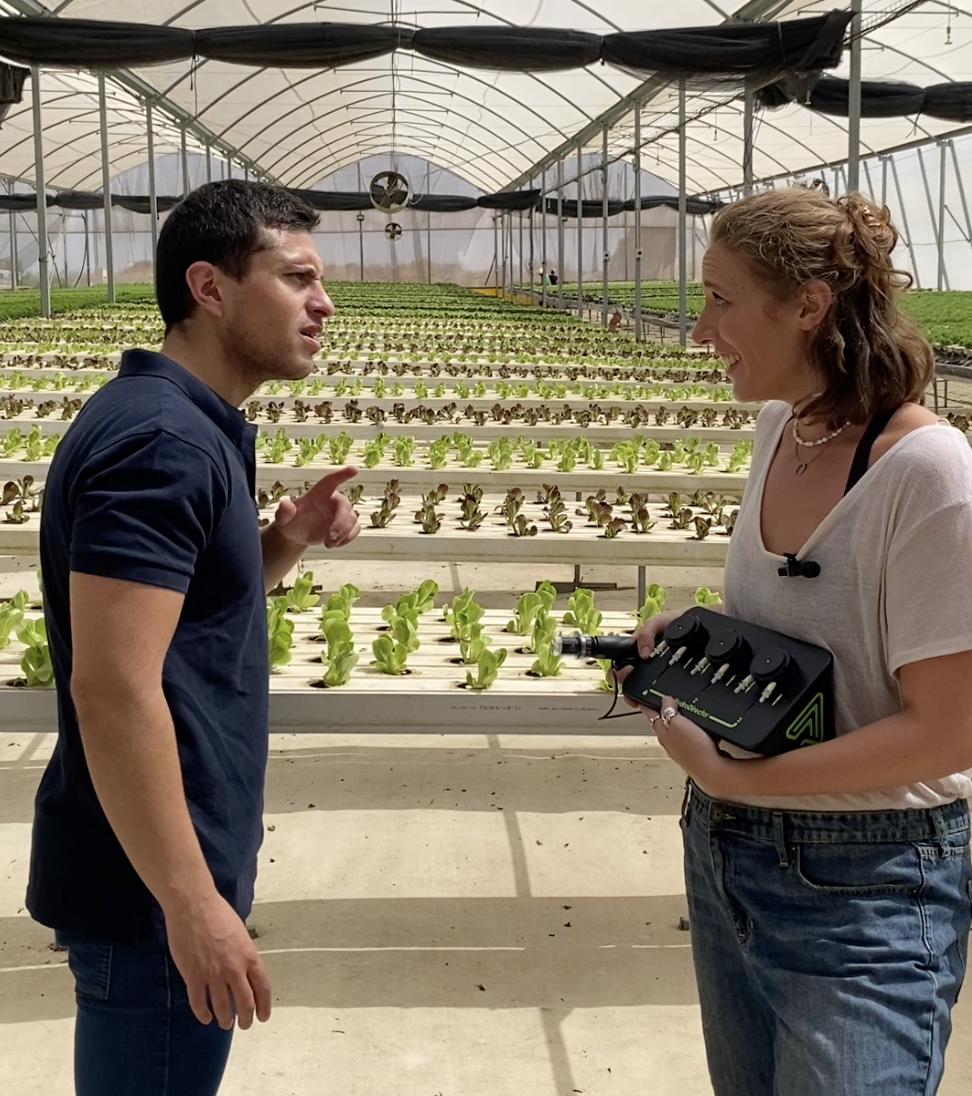
From Skeptic to Strategist: Navigating Smart Agriculture Technology
The world of smart agriculture is constantly evolving. While the fundamental craft of nurturing plants remains, the tools and techniques available to growers are changing rapidly. This brings about conversations, sometimes hesitant, sometimes enthusiastic, between those who have perfected traditional methods over decades and those who are embracing the possibilities of modern technology, particularly in the realm of smart farming. The adoption of smart agriculture practices and the development of the smart greenhouse are transforming how food is produced, raising questions and offering solutions for contemporary challenges like climate smart agriculture.
Imagine a scene not uncommon at agricultural fairs or local co-ops – a meeting of minds and methods. On one side, a grower whose hands tell the story of countless seasons spent tending crops, whose intuition is their most trusted tool, representing the enduring legacy of traditional growing. On the other, a grower who has integrated cutting-edge automation, finding new efficiencies and consistency through smart agriculture technologies.
This dialogue is an imagined snapshot of such a meeting, a distillation of the questions, concerns, and exciting possibilities that arise when tradition meets innovation in the greenhouse. It reflects a very real conversation happening today as commercial growers navigate rising costs, labor challenges, and the demand for ever-more consistent, high-quality produce. Can technology truly replicate experience? Or can it, perhaps, amplify it? Let’s listen in.

From Experience to Smart Automation: A Commercial Greenhouse Dialogue
A local agricultural fair. John, a seasoned commercial grower with decades of experience, known for his prize-winning plants, sips coffee near his stall. Across the aisle, Sarah, a younger grower who recently implemented automation in her greenhouse, is showing off her remarkably uniform produce cultivated through smart farming techniques.
John: (Shakes his head with a wry smile) Look at that, Sarah. Perfect, every single one. Almost too perfect, wouldn’t you say? Where’s the character? The little quirks that show they were grown with care?
Sarah: (Laughs) John, you know it’s all about consistency for my buyers. They want the same quality week after week. And honestly, automation helps me give them that, while still putting in plenty of care. It’s all part of operating a smart greenhouse.
John: Automation, eh? Still hard for me to wrap my head around. My “automation” is my own two hands, my eyes, and a lifetime of knowing what the plants need just by looking at them. That’s how traditional growing works for me.
Sarah: And nobody can argue with your results, John. Your intuition is legendary. But what about those rising energy bills? Or finding reliable people to help with the sheer amount of work? That’s where automation has been a game-changer for me, moving towards more climate smart farming.
John: (Sighs) Aye, the bills are a worry. And good help is harder to find than a perfect, unblemished cucumber these days. But this tech… it costs a fortune upfront, doesn’t it? How do you make that back?
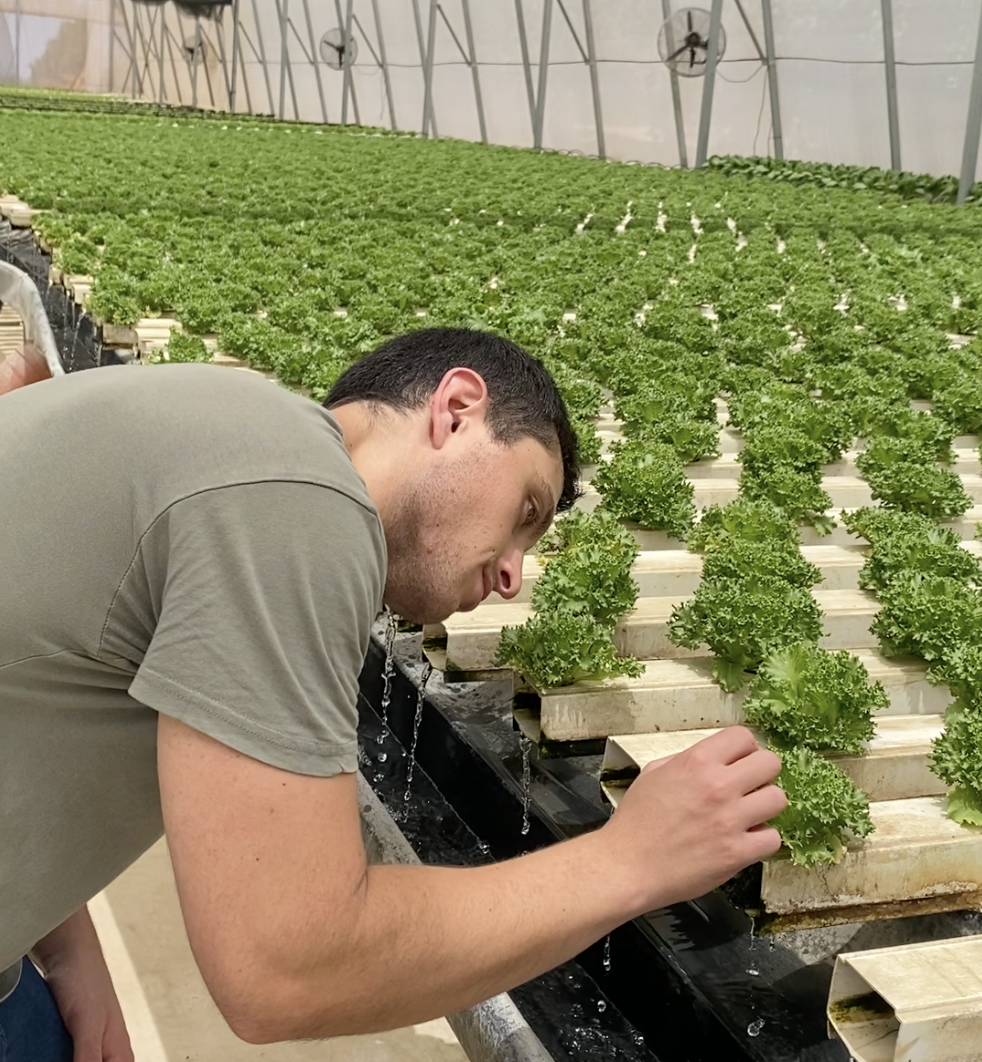
The Shifting Landscape of Commercial Greenhouse Growing
Traditional growers, like John, rely on time-honored techniques and personal expertise honed over years in the greenhouse. This approach has yielded quality produce for generations. However, the modern commercial agricultural landscape presents new challenges.
Understanding Traditional vs. Smart Agriculture
What is the traditional method of farming? The traditional method of farming typically involves manual labor, relying on the farmer’s knowledge and experience passed down through generations. While often associated with open fields, traditional greenhouse growing similarly relies heavily on manual checks, adjustments, and an intuitive understanding of the environment and plant needs. The most common method of agriculture globally still incorporates many of these traditional practices, often at a subsistence level, though commercial traditional farming involves larger scale operations.
What are the cons of traditional farming? The cons of traditional farming, applied to a greenhouse context, include its reliance on unpredictable external weather impacting internal conditions, intensive manual labor for tasks like monitoring and adjusting climate controls, potential for inconsistent yields across the growing area, and challenges in scaling operations efficiently. It can also be less precise in resource management, potentially leading to higher water and nutrient usage compared to modern methods.
These pressures are leading many growers to explore new tools, including smart agriculture technology and AI-driven automation systems.
Sarah: It’s a valid concern, John, the initial investment. But you have to look at the long game, the Return on Investment (ROI). By automating, I’ve cut my energy use significantly. The system’s AI anticipates what’s needed, adjusting heating and ventilation precisely, instead of just reacting. Growers using these systems often report noticeable energy savings. It’s a core part of making a smart greenhouse financially viable.
John: AI? Now you’re talking in computer code. I grow plants, Sarah, I don’t write programs.
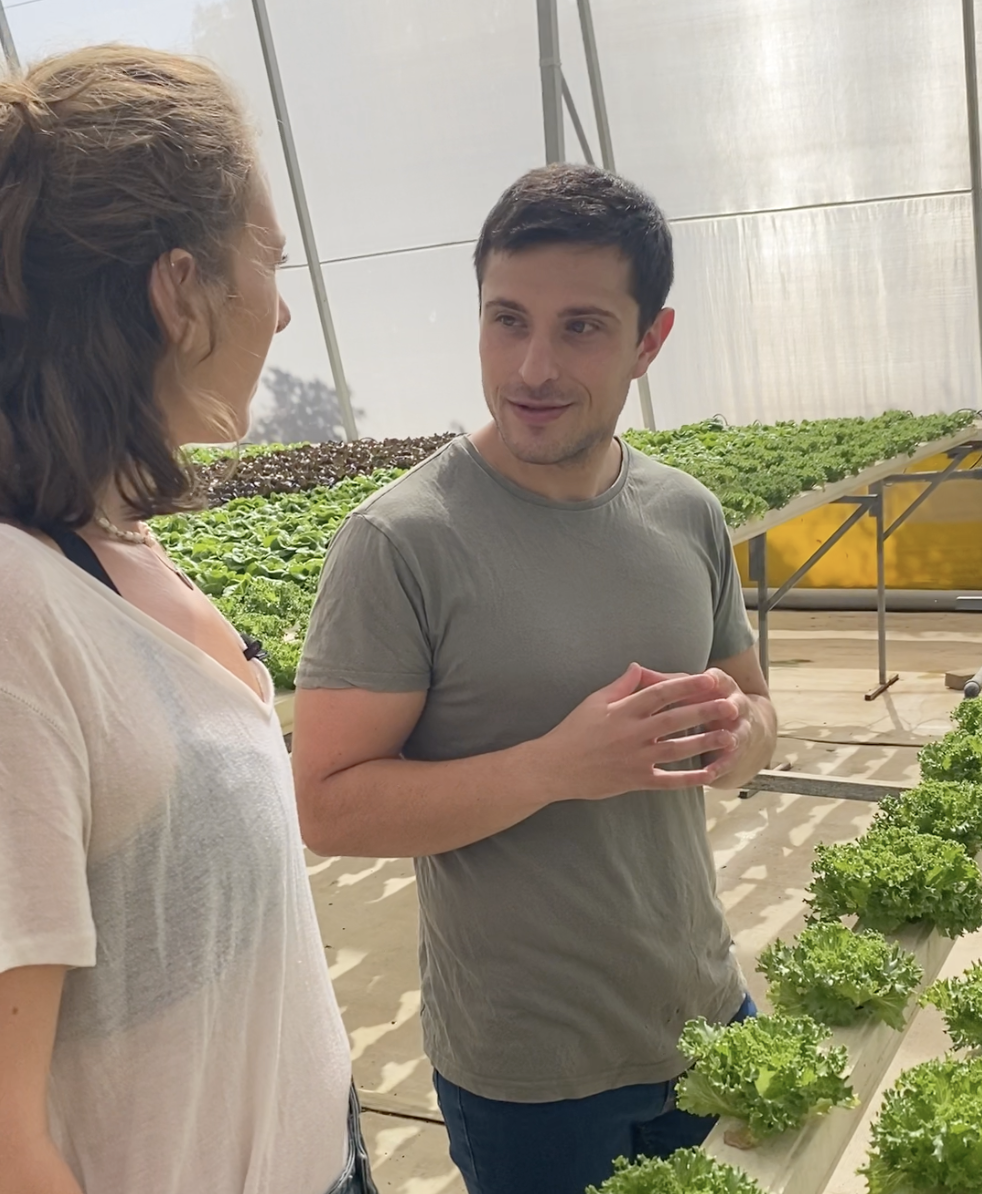
Sarah: (Smiles patiently) Think of the AI as a super-smart assistant, not a replacement for you. It processes all the data from the sensors – temperature, humidity, light, even the moisture levels within the growing medium. It sees patterns we might miss and makes tiny adjustments around the clock that keep the plants in their sweet spot. And the system is designed for growers, not IT experts. The dashboard is easy to understand. This is what makes smart agriculture accessible.
John: Sensors… data… sounds complicated. What happens when the internet goes down, or the power flickers? A glitch could wipe out my crop! I can’t risk that.
Sarah: That was one of my biggest worries too. But these systems are built with reliability in mind. There are redundancies, real-time alerts for any issues, and robust hardware minimize downtime. Plus, dedicated support is available to troubleshoot quickly. Honestly, it gives me more peace of mind, not less. I can even check on things when I’m away. It’s about building resilience into smart farming.
Smart Agriculture: An Enhancement, Not a Replacement for Greenhouse Expertise
Rather than replacing the grower’s skill, automation systems are designed to enhance it. They handle the repetitive, data-intensive tasks, freeing up the grower to focus on strategy and the nuances of plant care. This is the essence of smart agriculture.
Read review on the smart greenhouse automation system – CLICK HERE
Comparing Traditional and Smart Greenhouse Methods
What is the difference between traditional farming and precision farming? Traditional farming, including traditional greenhouse growing, relies on broad, zone-wide practices based on experience and general knowledge. Precision farming, a key component of smart agriculture, uses data from sensors and technology to tailor interventions (like watering, fertilization, or climate adjustments) to the specific needs of smaller areas, or even individual plants within the greenhouse, optimizing resource use and improving yields.
What is the difference between traditional and modern methods of irrigation? Traditional irrigation methods in greenhouses often involve manual watering or simple timer-based systems, which can lead to water waste and inconsistent moisture levels in the growing media. Modern methods, used in smart farming systems, utilize sensors and automated controls to deliver precise amounts of water and nutrients directly to the root zone when needed, significantly reducing water and fertilizer use – potentially by up to 53%.
Key Components of a Smart Greenhouse System
Key components of smart greenhouse automation systems include:
- Sensors: Tireless digital eyes and ears, constantly monitoring temperature, humidity, light, substrate moisture, and more.
- AI (Artificial Intelligence): An expert analyst, processing complex data streams instantly to provide clear insights or trigger optimal adjustments.
- Automated Controls: Reliable digital hands managing climate systems, irrigation valves, and lighting according to the AI’s insights and the grower’s own defined goals.
- Remote Access: Peace of mind in your pocket – the ability to monitor conditions and receive alerts from anywhere.
These systems can lead to significant improvements, including reduced energy and water consumption, lower labor costs for routine tasks, and more consistent, higher-quality yields. They are crucial for implementing climate smart agriculture.
John: I don’t know, Sarah. My gut feeling tells me a lot. I walk through the greenhouse, I feel the humidity, I see the color of the leaves. I don’t want some algorithm making decisions; I need to be in charge.
Sarah: And you still are, John! That’s the crucial part. You set the goals and target ranges – the temperature ranges, the humidity levels you know your plants thrive in. The system works within those parameters to achieve them optimally. It’s like having a team of tireless assistants who never make a mistake and work 24/7. And all the data it collects? It actually gives you more insight and finer control than ever before. You can see exactly how your plants are responding in real-time and make even more informed decisions. That’s the power of smart farming data.
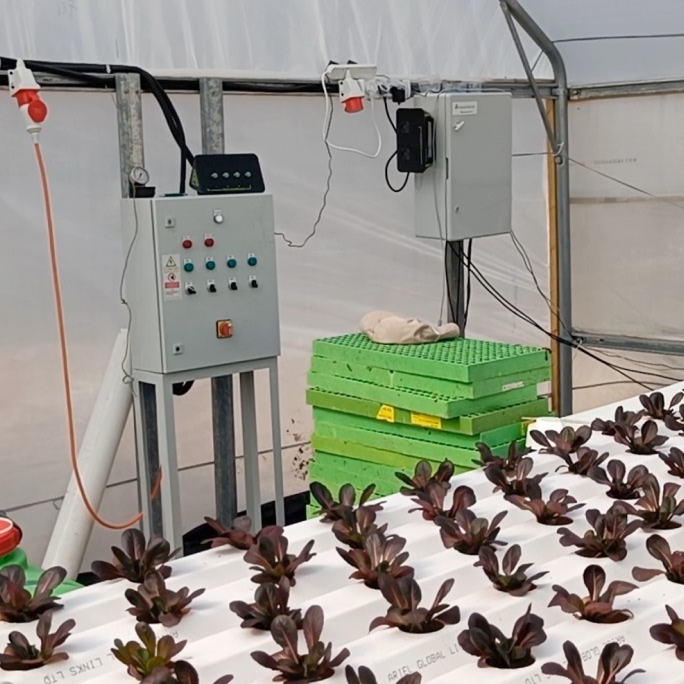
John: More data… just more things to worry about. Who owns all that information? Is it safe?
Sarah: Reputable companies employ robust security measures, including data encryption. Clear policies ensure growers understand data usage and maintain ownership. That was something I looked into carefully. Data security is vital for smart agriculture.
John: (Looks thoughtfully at Sarah’s perfect produce, then back at his own, still impressive, but less uniform tomatoes) So, you’re saying it’s not about replacing me, but… giving me a hand?
Sarah: Exactly. It takes the heavy lifting off your shoulders, the constant checking and adjusting. It frees you up to do what you do best – use your experience to plan, to spot potential problems early, to focus on the bigger picture. My stress levels have gone down, John. And my yields are more predictable, consistently high quality. It’s made scaling up feel achievable, not overwhelming. It’s part of a climate smart farming approach.
John: (Ponders for a moment) Predictable yields… less stress… more time… It does sound… interesting. Maybe… maybe it is worth a closer look.
Sarah: I’m not saying it’s the only way, John. But the world’s changing. And sometimes, even for the most traditional grower, the right tools can make all the difference. It’s about combining your invaluable experience with the precision and efficiency of data-driven technology. It’s about evolving towards smart agriculture.
John: (Nods slowly) Combining… experience and technology. Skeptic to strategist, eh?
Sarah: (Smiles) Something like that, John. Something like that.
Conclusion: Cultivating Success with Smart Agriculture
The conversation between John and Sarah, though fictional, mirrors the evolving landscape of commercial greenhouse growing. It highlights the natural skepticism that arises when established practices meet disruptive technology, but also the undeniable pressures that are driving the need for change. The promise of smart agriculture lies in its ability to address these pressures head-on.
Ultimately, the most successful path forward likely lies not in choosing one extreme over the other, but in finding a harmonious blend. The decades of accumulated knowledge and the intuitive understanding of plants that define traditional growing are invaluable. When combined with the precision, efficiency, and data-driven insights offered by modern automation systems – the core of smart farming and the smart greenhouse – growers can achieve new levels of productivity, consistency, and sustainability. This is particularly vital for developing climate smart agriculture practices that can mitigate environmental impacts and adapt to changing conditions.
Moving from skepticism to strategic adoption of technology isn’t about abandoning the grower’s craft; it’s about equipping it with powerful new tools. As the demands on the agricultural industry continue to grow, embracing this evolution towards smart agriculture will be key to cultivating success in the greenhouses of today and tomorrow. The journey from traditional methods to a smart greenhouse is not just about technology; it’s about a strategic shift in approach to ensure resilience and profitability in the face of future challenges.
Read how smart automation system doubling crop production for New Jersey farm – CLICK HERE
